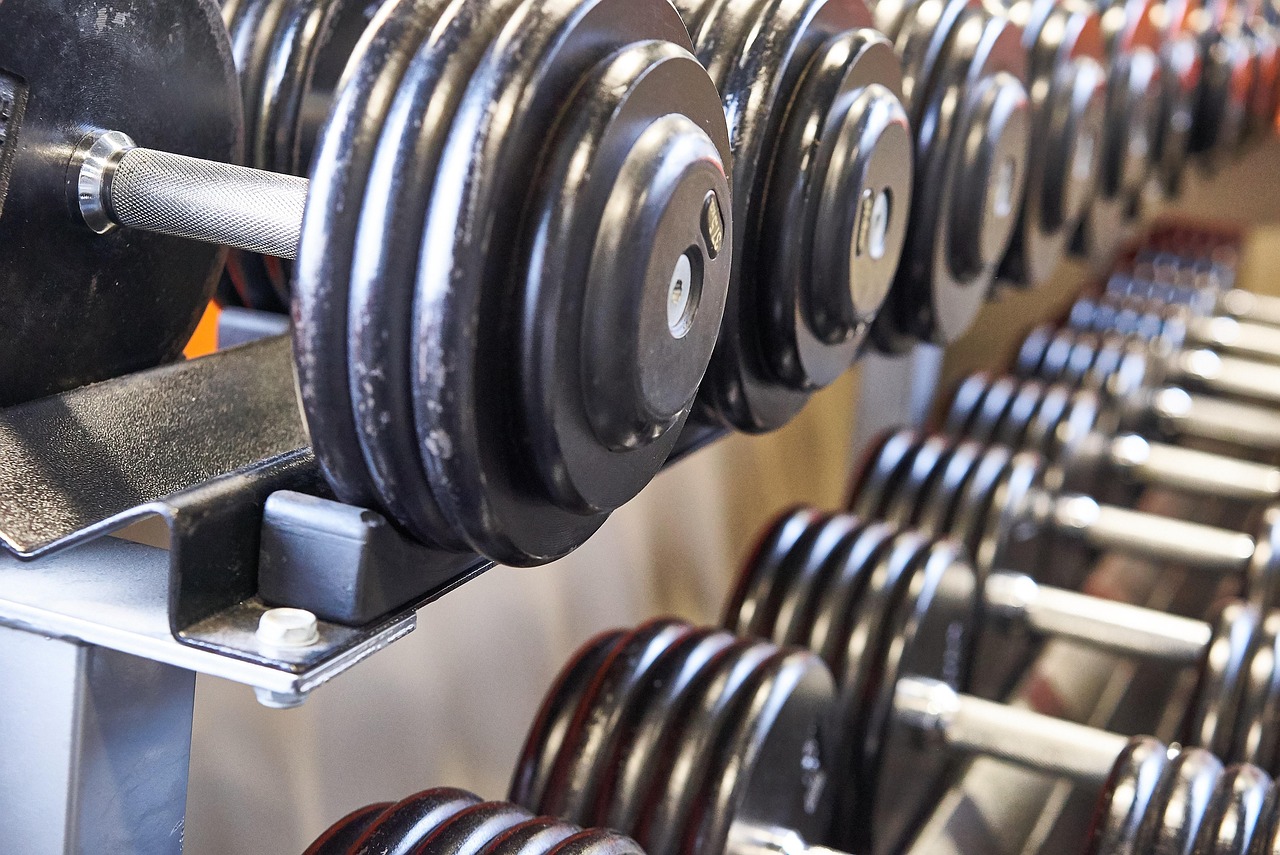When it comes to building upper body strength, few exercises are as effective as the bench press. But while most lifters immediately think of the barbell version, the dumbbell bench press offers unique advantages in terms of muscle activation, safety, and overall athletic performance.
In this guide, we’ll explore the science of calculating your one rep max, break down dumbbell bench press benefits, and show you how to use our one rep max calculator to program smarter workouts.
What is the One Rep Max (1RM)?
Your one rep max represents the maximum weight you can lift for a single repetition with proper form. In strength training, it serves as a benchmark for your current capabilities and helps you design training programs around specific intensity levels.
- Estimated vs. actual 1RM: Most lifters don’t need to risk injury by attempting a true 1RM. Instead, they perform submaximal sets (like 6–10 reps) and use a calculator to estimate their max.
- Why it matters: Your 1RM is the foundation of strength programming. Whether your goal is hypertrophy, strength, or power, training percentages are based on this number.
- Safety with dumbbells: Unlike barbells, dumbbells allow a safer range of motion and independent arm movement. Still, attempting a max lift without proper preparation can be risky, so estimating is recommended.
Dumbbell Bench Press Explained
Proper Form & Technique
- Sit on a flat bench with dumbbells resting on your thighs.
- Kick the weights up as you lie back, positioning dumbbells at chest level.
- Keep feet planted firmly on the floor.
- Lower the dumbbells slowly until elbows are at or slightly below chest level.
- Press the weights back up until arms are almost fully extended.
Avoid common mistakes:
- Dropping elbows too low, stressing shoulder joints.
- Arching your back excessively.
- Using momentum instead of controlled movement.
Muscles Worked
The dumbbell bench press primarily targets the pectoralis major, while also engaging the anterior deltoids, triceps, and stabilizing muscles in your arms and core.
Dumbbells vs. Barbells
- Range of motion: Dumbbells allow deeper stretching at the bottom of the press.
- Joint safety: Shoulders often feel less strained compared to barbell pressing.
- Balance & coordination: Each side of the body works independently, preventing strength imbalances.
Benefits of Using Dumbbells for Strength Training
Training with dumbbells provides unique advantages compared to machines or barbells:
- Unilateral Strength Development – Each arm works independently, correcting muscle imbalances.
- Increased Range of Motion – Greater chest activation due to deeper stretch.
- Functional Strength – Mimics natural movement patterns, carrying over to sports and daily tasks.
- Versatility – You don’t need a full gym setup; just a bench and dumbbells can deliver serious results.
These benefits make dumbbell training especially valuable for athletes, home gym users, and those focused on long-term joint health.
One Rep Max Calculator for Dumbbell Bench Press
Testing your true 1RM with dumbbells can be challenging and unsafe without a spotter. That’s where the calculator comes in.
Step-by-Step Guide
- Choose a weight you can lift for 3–10 clean reps.
- Perform the set, recording the weight and number of reps.
- Enter your numbers into the calculator below.
- Get your estimated dumbbell bench press 1RM instantly.
Use the calculator now:
1 Rep Max Calculator
Applying Your Results
Once you have your 1RM, you can determine training intensity:
- Endurance training: 60–70% of 1RM, higher reps (12–15).
- Hypertrophy: 65–75% of 1RM, moderate reps (8–12).
- Strength: 75–85% of 1RM, low reps (4–6).
- Power: 85–95% of 1RM, very low reps (1–3).
Programming Strength Training with Dumbbell Bench Press

A well-structured dumbbell program is key to progress. Here’s how you can apply your 1RM in real training cycles:
Example 4-Week Progression
- Week 1: 4 sets of 10 at 65% of 1RM
- Week 2: 5 sets of 8 at 70% of 1RM
- Week 3: 5 sets of 6 at 75% of 1RM
- Week 4: 6 sets of 4 at 80% of 1RM
This gradual increase in intensity promotes strength and hypertrophy without overtraining.
Accessory Dumbbell Exercises to Build a Strong Bench
To improve your dumbbell bench press 1RM, accessory lifts are crucial:
- Dumbbell Flyes – Isolate chest muscles and increase stretch.
- Incline Dumbbell Press – Emphasize upper chest and shoulders.
- Dumbbell Pullover – Target chest and lats for better expansion.
- Dumbbell Floor Press – Strengthens triceps and lockout phase.
Including these exercises ensures balanced chest development and greater pressing strength.
Safety Tips for Testing Your Dumbbell 1RM
- Warm up properly with lighter sets before heavy attempts.
- Use a spotter if going near maximum weights.
- Choose controlled weights instead of pushing beyond limits.
- Don’t ego lift—perfect form beats heavy sloppy reps.
FAQs
Is the dumbbell bench press as effective as the barbell bench press? Yes, dumbbells can be just as effective—sometimes more so—because they increase range of motion and challenge stabilizers.
Can I build the same strength with dumbbells? Absolutely. While you may lift less total weight compared to barbells, dumbbells offer balanced development and long-term joint health.
How do I know when to increase my dumbbell weight? When you can perform 2–3 extra reps beyond your target range with good form, it’s time to go up in weight.
Should beginners test their 1RM with dumbbells? Beginners should avoid true max attempts. Instead, estimate 1RM using moderate weights and a calculator.
How often should I recalculate my 1RM? Every 6–8 weeks is ideal, as this aligns with common training cycles.
The dumbbell bench press is one of the most effective exercises for building chest, shoulder, and tricep strength while protecting your joints. By calculating your one rep max, you unlock the ability to structure training intelligently and ensure consistent progress.
